Versandkostenanfrage
Wir kalkulieren den Versandpreis, sobald wir Ihre Anfrage erhalten.
Versandkostenanfrage
Wir kalkulieren den Versandpreis, sobald wir Ihre Anfrage erhalten.
Das könnte Sie auch interessieren
Objekte dieses Händlers
Louis XV Sessel, 19. Jh., 1870er
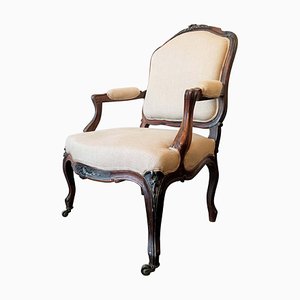
Vintage Kronleuchter aus Muranoglas, 1950
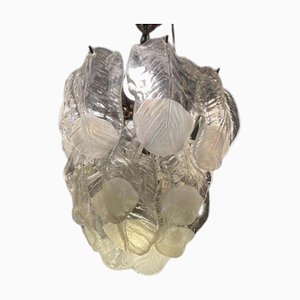
Couchtisch aus Eiche und schwarzem Schmiedeeisen

Balustervase aus Imari-Porzellan mit Drachenrelief, 19. Jh.
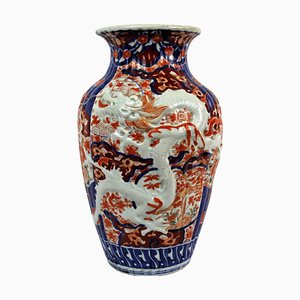
Händlertruhe auf Rädern aus geschnitztem und bemaltem Holz
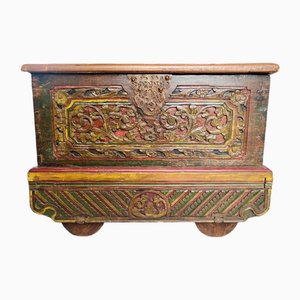
Emaillierte Jugendstil Glasvase, Frankreich, 1880er
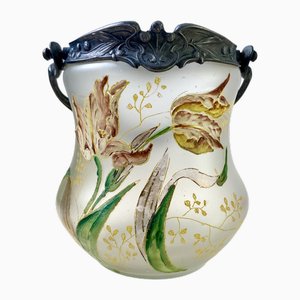
Salvador Dali, The Fantastic Ride, Lithographie, 20. Jahrhundert

Pierre Girard, Landschaft im ländlichen Raum, Aquarell, 1854, gerahmt
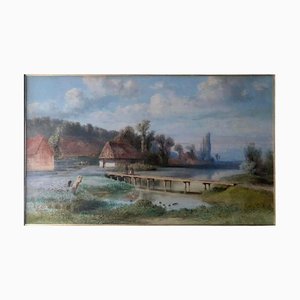
Chinesischer Porzellan Übertopf
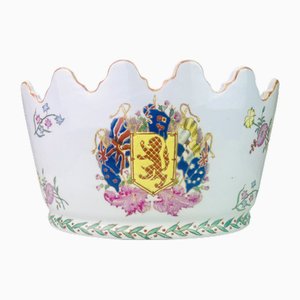
Albert Artigue nach B. Esteban Murillo, Les Marchands de Fruits, Gravur, 1800
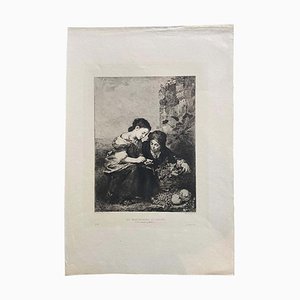
Louis XVI Beistelltisch, 19. Jh.
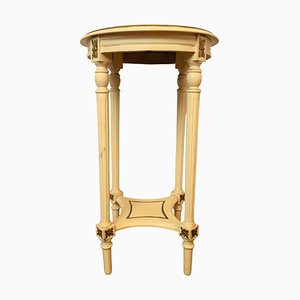
Art Deco Clubsessel, 1940er

Bildnis der Jungfrau im Gewand, 19. Jh., Pastel
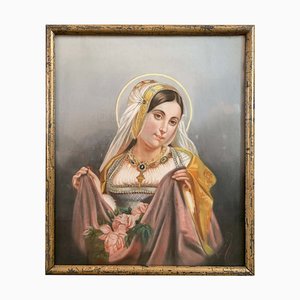
Edmund Pick-Morino, Animierte Landschaften, 1920, Öl auf Leinwand, 2er Set
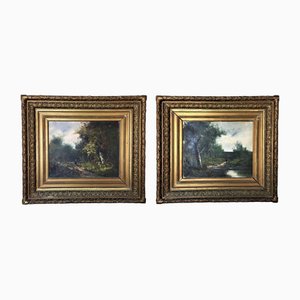
Francesco Bartolozzi, Verkleidung für die Maskerade, Ende 18. Jh., Gravur, gerahmt
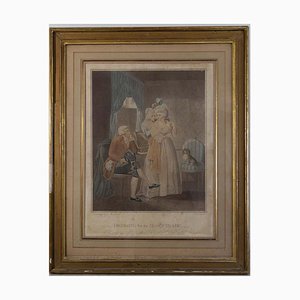
Viktorianischer Kapitänsstuhl, 19. Jh.

Drachenkrug im Renaissance-Stil, 19. Jh

Kang Couchtisch aus der Qing Dynastie, 19. Jh., 1850er
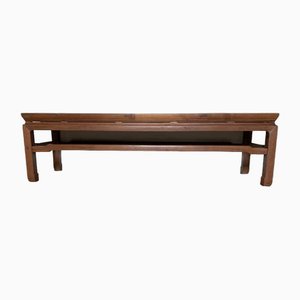
Skulptur eines jungen Flöte spielenden Jungen auf Marmorsockel, 19. Jh.
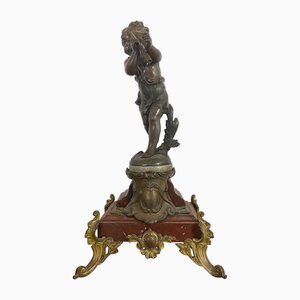
Englischer Tortenheber aus Mahagoni, 19. Jh.

Weitere Produkte
Schreiben Sie uns
Ein Angebot machen
Uns ist aufgefallen, dass Sie neu bei Pamono sind!
Bitte akzeptieren Sie die Allgemeinen Geschäftsbedingungen und die Datenschutzerklärung
Schreiben Sie uns
Ein Angebot machen
Fast geschafft!
Um die Kommunikation einsehen und verfolgen zu können, schließen Sie bitte Ihre Registrierung ab. Um mit Ihrem Angebot auf der Plattform fortzufahren, schließen Sie bitte die Registrierung ab.Erfolgreich
Vielen Dank für Ihre Anfrage! Unser Team meldet sich in Kürze bei Ihnen zurück.
Wenn Sie Architekt*in oder Inneneinrichter*in sind, bewerben Sie sich hier um dem Trage Program beizutreten.